Only one wall away from the dream! Meterless screen TV H1 evaluation
On March 23, Extreme Technology released a brand new polar meterless TV H1 in Beijing. And Xiao Bian also got the first time no screen TV H1 this product. In the process of formally using a meterless screen TV H1, H1 brought a surprise to the author.
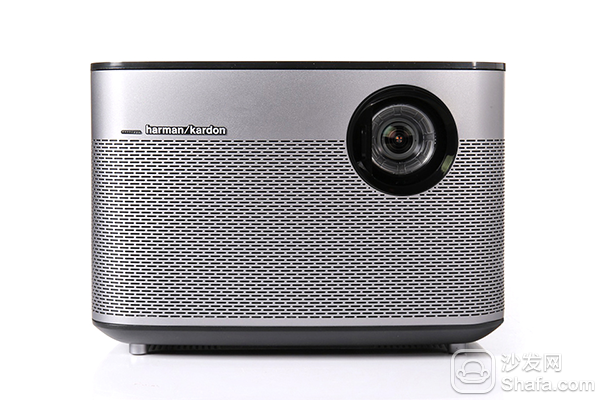

The product form of the smart projector is an ordinary projector plus a TV box. It simply enlarges the picture, there is no TV video decoding system, and there is no picture quality optimization for the large screen. In short, no rice-screen TV is to change the display mode of the TV from the LCD screen to projection imaging. The quality of the picture quality is comparable. The product is more compact and portable while also having "Where to vote? Where do you want to see? A few meters to see the flexibility of a few meters.

After understanding the author, I discovered that the screenless TV H1 brought by this mic technology is quite different from the previously released product series. Both the Z4X and the Z4Air have continued the conceptual design of the micro-projection, regardless of the size. The appearance is quite different from the non-screen TV H1. The previous micro-casts were used mainly for mobile use, but this time the non-screen TV H1 is more focused on bringing better solutions for home entertainment. In the configuration is even more comprehensive than the micro-projection series, H1 overall body size reached 200 × 200 × 120mm, the weight is to 2.1KG, using a new generation of high-definition high-definition light machine, physical resolution has reached 1920X1080 high-definition In terms of level and brightness, it reaches 900AnsiLumens, even if it is used during the day.
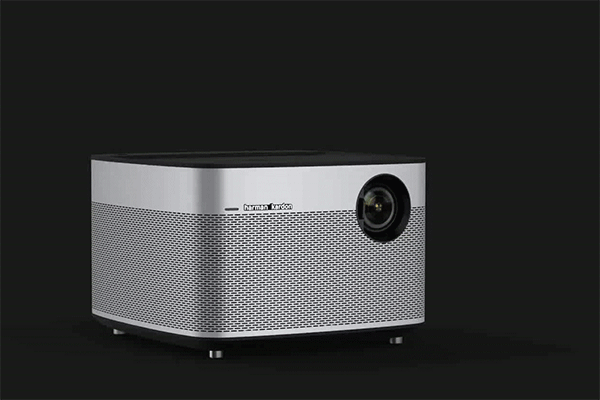
In the aspect of appearance, no screen TV H1 complies with the most current mainstream design concept - pure, simple and practical. We can see that the whole body is made of aluminum alloy mesh and processed through multiple processes such as punching, sandblasting, anodizing, and pressure synthesis. The use of metal materials not only makes the body more stable, but also greatly improves the quality of the entire machine. sense. The large-area, high-density round corner rectangular mesh in the middle section is quite delicate and beautiful, but also conducive to heat dissipation of the whole machine.

In the details of the process, when the screenless TV H1 fixed the metal screen, it used the dispensing process that the mobile phone would use. Make the splicing area more compact and beautiful. This is more conducive to maintaining the integrity and fluency of the appearance of H1 compared to ordinary products on the market that use edge bending buckles.
In some details of the control design, the lens slide and the power switch are combined into one, and the lens slide is automatically turned on when the lens slide is opened. The six function keys on the top of the fuselage touch area are concise and easy to control.
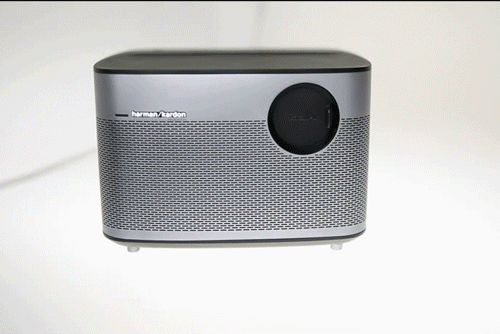
At the top H1, a matte material engineering plastic was used. The recessed design helps to easily place objects such as remote controls.
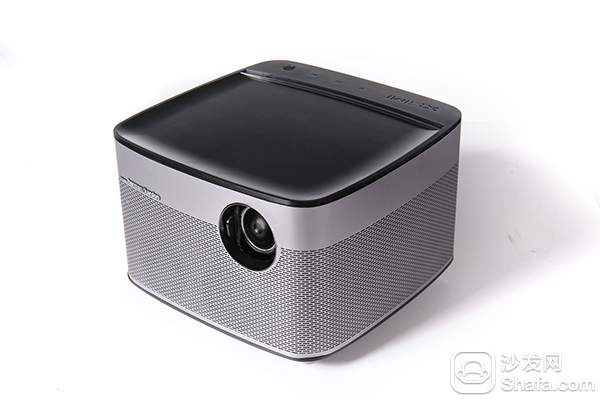
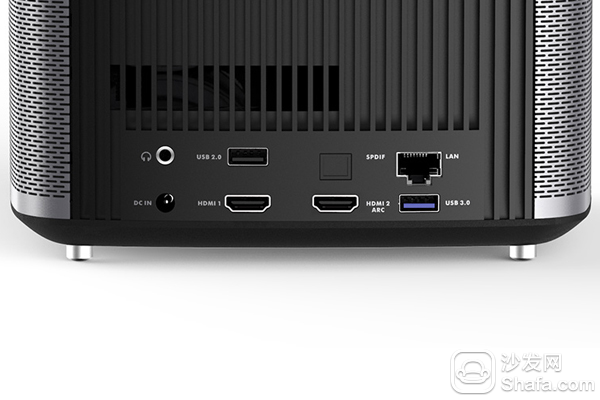
sound
The H1 itself is also equipped with an audio unit built by Harman/Kardon, a well-known American audio brand, which is an independent 45mm Harman Karton dual speaker unit.

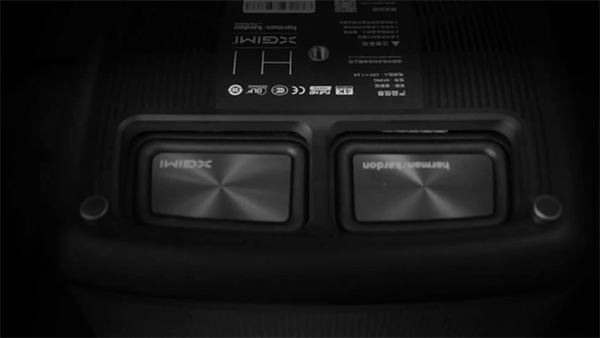
After the bluetooth speaker mode was auditioned, the overall sound performance was prevalent and bass. The texture of the vocal and the instrument had good performance, and the transient was excellent. Of course, it is not the case that the audio unit equipped with a separate random body can continue to be upgraded. No matter what the sound is, compared to the previous products or other micro-projections on the market, it has improved several grades.
For a projected picture, brightness, contrast, and saturation are all indispensable. Sufficient brightness can correctly express all the content. If the brightness is not enough, the picture is white on the look and feel. If the contrast is not enough, the screen will appear gray, and the lack of saturation color will fade. No matter what kind of situation occurs, it is the loss of the picture.
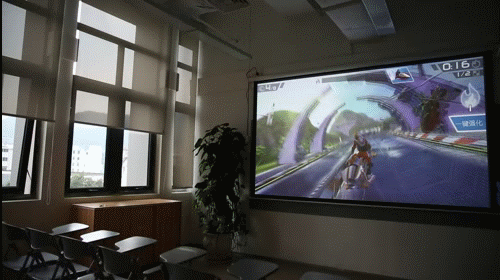
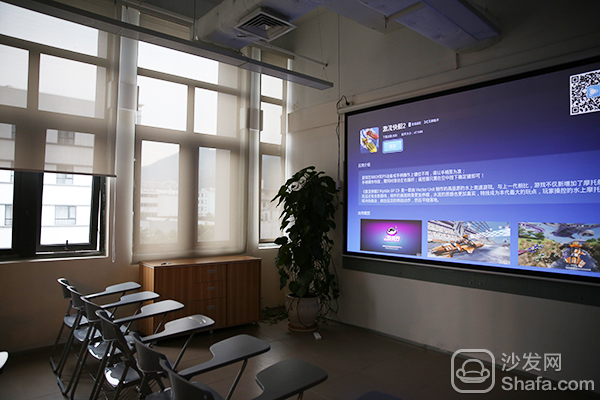
For H1, it achieved a brightness of 900 Ansi lumens (the author notes: Ansi lumens and ISO lumens are different), and for micro-projection products, whether it is the flagship of the previous generation of polar meters, or other similar products. H1 leads the way in brightness. However, taking into account the product form, the entire H1 design is fully compatible with the brightness enhancement, such as hollow shell, multi-channel cooling and so on. . .

Contrast is based on the official data display; H1 uses the new IntelliBrightTM technology, which captures the “dark areas†and “bright areas†of an image frame by frame, intelligently adjusts the brightness, and achieves high dynamic contrast ratios of up to 10,000:1. Presented together with the bright part, each frame of image is more vivid and beautiful. In the actual use of H1 in the contrast performance is quite surprising. H1 uses a square pixel architecture. Compared to diamond pixels, the jagged edges of the image are greatly reduced, and the picture is smoother and more natural, especially in the text display.
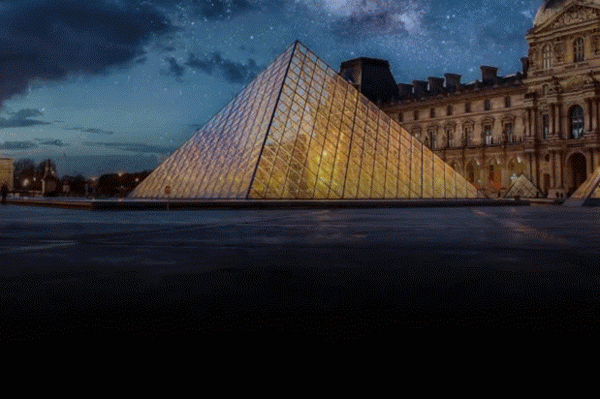
In color H1 uses 0.47" DMD RGB-LED, LED technology itself has advantages in color, H1 as a flagship product color effect will naturally not be a problem. H1 uses the DCI-P3 color standard and DLP theater technology.
Color gamut: =120% NTSC
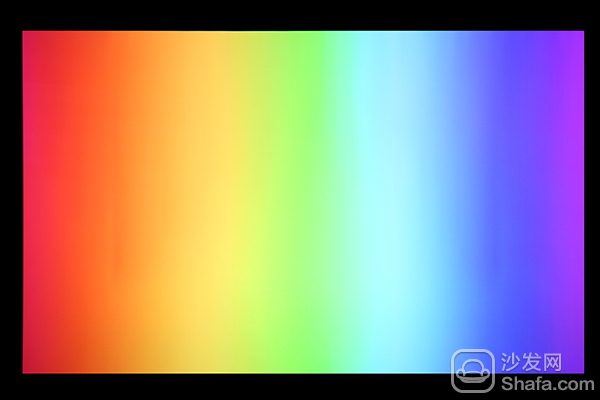
In terms of performance, H1 adopts the new Mstar 6A928 TV chip, which has a 40% increase in performance compared to the previous-generation Mstar 6A918 TV chip. Strong Cortex A17 architecture, quad-core 1.75GHz CPU, flagship Mali-T760 MP4 GPU, 3GB high-speed memory, support for hard-to-get 4K. On the other performance parameters of projection, H1 supports 1.1x optical zoom: Trapezoidal: vertical: ± 35 degrees, left and right: ± 30 degrees, multiple projection methods: front projection / rear projection / ceiling, projection ratio: 1.39 - 1.5 :1.

Regarding the system and content of H1, I don't want to introduce too much here. H1 adopts an Android-based deep customization system scheme and inherits Android's ecological resources. H1 had in-depth cooperation with Baidu Music and Mango TV, and presented a VIP card worth RMB 360 for 12-month Mango TV.
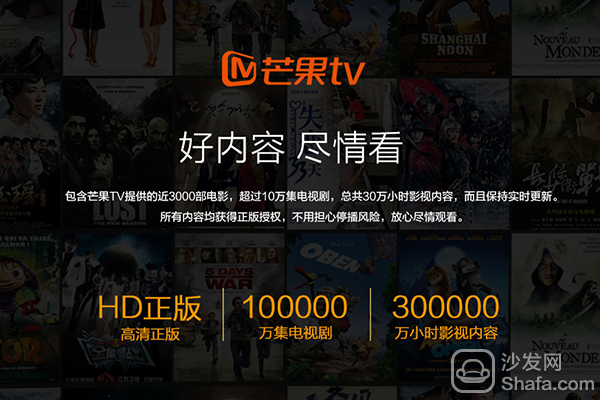
Of course, for mobile phone-controlled APP is certainly not missing. Adaptable rice products without screen assistant APP can also be adapted to H1. This APP integrates video, music, and applications in depth. It can push content to screenless TV H1 with one click, and can also be used as a remote control.

After finishing on these, I would like to mention one of the author's impressive contents: the remote control.

The control experience for micro-projection products has always had a variety of solutions. The current mobile APP+remote control has become the mainstream of control. The control of the APP is getting more and more exquisite, but there are few changes to the remote control. However, the H1's remote control really impressed the author.
Infrared to bluetooth
For the remote controller, what is often encountered in the projection field is that the directivity of the remote controller leads to insensitive operation. The projection is not as good as the television, and projection has a variety of front/rear projection/ceiling installation methods, resulting in that the projection subject is not necessarily The pointing direction of the remote controller. At this time, the Bluetooth solution is obviously better than the infrared solution. I hope that other manufacturers can follow up in the projection field.
Speech Recognition
In the country, there is a provider of teleconferencing solutions, Science and Technology News. The voice solution for the H1 remote controller is provided by the HKUST. Familiar with the industry's friends, it must be clear that China Telecom's Chinese speech recognition technology is very good at home and abroad, so it is not surprising that H1 voice recognition is fast and accurate.
Gravity sensor
Gravity recognition on mobile phones is very common, but it is quite rare on the remote control. With the flying mouse function, it is quite easy to use after familiar with the operation mode.
On the whole, the non-screen TV H1 adopts a new video decoding system and an image quality optimization engine. In addition, the 900Ansi Lumens' brightness addition has achieved a considerable breakthrough in picture quality. On the other hand, as regards rice, it was stated at the press conference that the replacement of TV in five years is also a very likely scenario. After all, the difference in TV content is decreasing, and projection is a cooler and lighter product for young people. Well, now I'm just a wall away from my dream of a home theater!
Tips
Finally, Xiao Bian wants to remind everybody that there is no screen TV user in the meter. Refer to the tutorial: The installation method of the meter H1 installs a sofa housekeeper to implement the third-party application extension.

HDI PCB Specification
High density interconnect (HDI) PCBs represent one of the fastest-growing segments of the printed circuit board market. Because of its higher circuitry density, the HDI PCB design is able to incorporate finer lines and spaces, smaller vias and capture pads, and higher connection pad densities. A high density PCB features blind and buried vias and often contains microvias that are .006 in diameter or even less.
HDI PCBs are characterized by high-density attributes including laser microvias, fine lines and high performance thin materials. This increased density enables more functions per unit area. Higher technology HDI PCBs have multiple layers of copper filled stacked microvias (Advanced HDI PCBs) which creates a structure that enables even more complex interconnections. These very complex structures provide the necessary routing solutions for today's large pin-count chips utilized in mobile devices and other high technology products.
The HDI PCBs we offer include the following highly requested characteristics:
Blind and/or buried vias
Via-in-pad
Through vias from surface to surface
20 µm circuit geometries
30 µm dielectric layers
50 µm laser vias
125 µm bump pitch processing
Applications
HDI PCB is used to reduce size and weight, as well as to enhance electrical performance of the device. HDI PCB is the best alternative to high layer-count and expensive standard laminate or sequentially laminated boards. HDI incorporate blind and buried vias that help to save PCB real estate by allowing features and lines to be designed above or below them without making a connection. Many of today's fine pitch BGA and flip-chip component footprints do not allow for running traces between the BGA pads. Blind and buried vias will only connect layers requiring connections in that area.
HDI PCB
HDI PCB,Special HDI PCB,HDI Prototype PCB,HDI Board PCB
Storm Circuit Technology Ltd , https://www.stormpcb.com